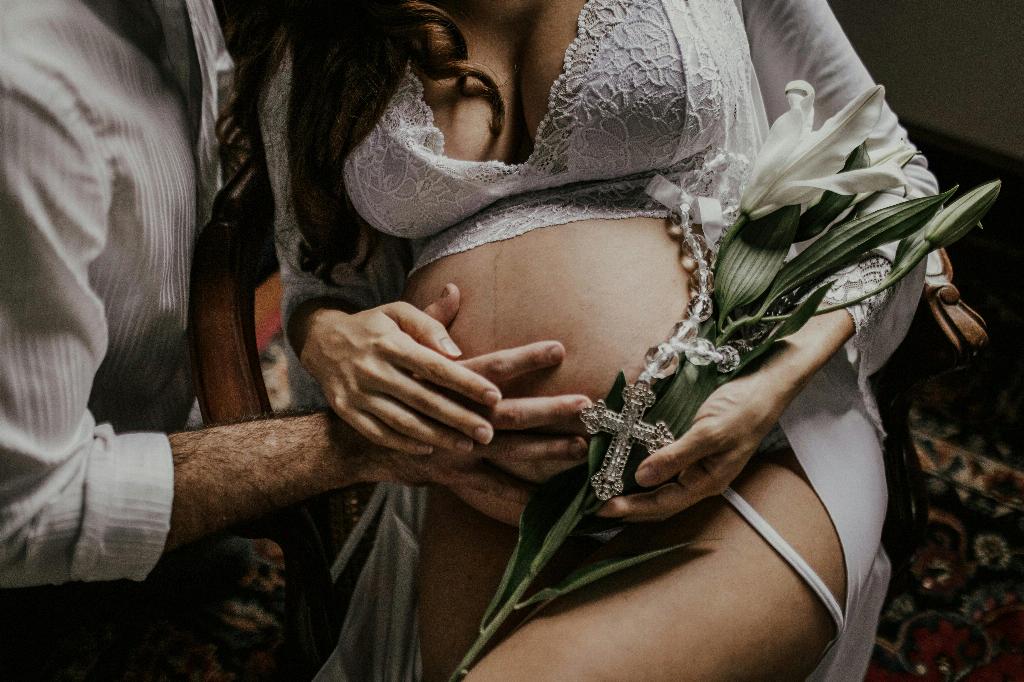As a mother-to-be progresses through her pregnancy journey, she transitions into the third trimester, a period filled with a mix of excitement and physical challenges. This phase, typically spanning from week 28 to week 40, is a time of significant growth and development for both the mother and the baby.
Physical Changes
During the third trimester, the body undergoes remarkable changes to accommodate the growing baby. As the uterus expands, the abdomen becomes increasingly large and heavy, leading to discomfort, aching, and sometimes sharp pains in the pelvic region.
Weight Gain
Weight gain is a natural part of pregnancy, and in the third trimester, it accelerates as the baby gains the most weight during this period. This additional weight can put strain on the back, hips, and legs, causing increased discomfort and difficulty with mobility.
Swelling and Fluid Retention
Many women experience swelling in the hands, feet, and face during the third trimester due to increased fluid retention. This swelling, known as edema, can be uncomfortable but is often relieved by elevating the legs and staying hydrated.
Braxton Hicks Contractions
Braxton Hicks contractions, also known as practice contractions, become more pronounced in the third trimester. These contractions are the body’s way of preparing for labor and can feel like a tightening or squeezing sensation in the abdomen.
Fatigue
Feeling tired and fatigued is common in the third trimester, largely due to difficulties in getting a good night’s sleep. Discomfort from aches and pains, frequent trips to the bathroom, and heartburn can disrupt sleep patterns, leaving expectant mothers feeling exhausted during the day.
Shortness of Breath
As the baby grows larger and takes up more space in the abdomen, it can compress the lungs, leading to feelings of breathlessness and shortness of breath. This sensation is a normal part of the third trimester and typically improves after the baby drops lower into the pelvis in preparation for birth.
Emotional Changes
Alongside the physical changes, the third trimester can also bring about emotional ups and downs. Hormonal fluctuations, anxiety about labor and birth, and anticipation of becoming a parent all contribute to a rollercoaster of feelings during this time.
Increased Fetal Movements
As the baby grows stronger and more active in the third trimester, expectant mothers may notice a significant increase in fetal movements. These kicks, rolls, and jabs can be reassuring signs of the baby’s well-being but may also lead to discomfort, especially when the baby stretches or kicks against the ribs.
Preparation for Labor
Throughout the third trimester, the body undergoes essential preparations for labor and birth. The cervix begins to soften and dilate, the baby moves into the head-down position, and Braxton Hicks contractions become more frequent and intense, signaling that the body is getting ready for the upcoming delivery.
Anticipation and Excitement
Despite the challenges and discomforts of the third trimester, many women also feel a sense of anticipation and excitement as they approach the final weeks of pregnancy. The arrival of a new baby, the joy of motherhood, and the prospect of holding their little one in their arms keep expectant mothers motivated and eager to meet their baby.
Conclusion
In conclusion, the third trimester of pregnancy is a time of intense physical changes, emotional fluctuations, and eager anticipation. From the discomfort of aches and pains to the excitement of feeling fetal movements, expectant mothers navigate a whirlwind of sensations and experiences as they prepare for the arrival of their baby.

